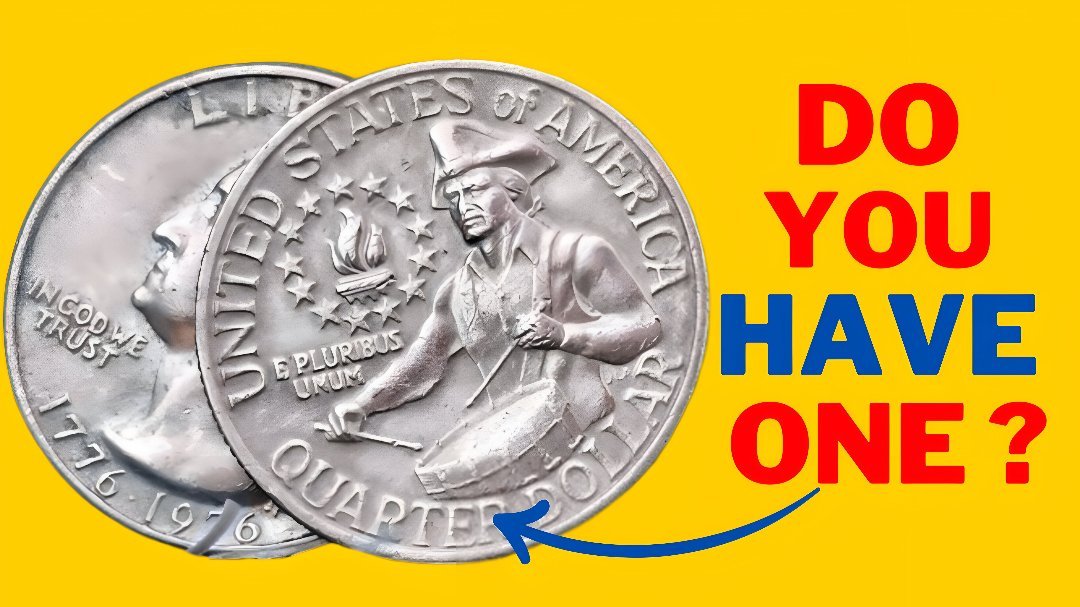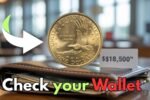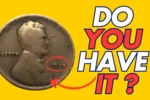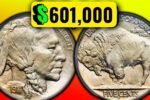Rare Bicentennial Quarter : The idea that a simple 25-cent coin might be worth $2.5 billion sounds like fantasy—but it’s a rumor that’s taken root among coin collectors and curious minds alike. Could a rare version of the 1976 Bicentennial Quarter still be hidden in everyday circulation? While the number may sound extreme, the story behind this legendary coin is a blend of mystery, history, and monetary myth that continues to fascinate millions.
A National Celebration Minted in Metal
In 1976, the United States celebrated 200 years of independence. To honor this major milestone, the U.S. Mint produced a series of commemorative coins, including the Bicentennial Quarter. This special edition quarter was unique—bearing the dual date “1776–1976” and featuring a Colonial drummer on the reverse instead of the traditional eagle. These coins were mass-produced and widely distributed, making them a familiar sight in American currency. But one alleged variant of this quarter would become the stuff of numismatic legend.
An Unseen Error or Experiment? The Billion-Dollar Mystery
What makes this version of the quarter so special is not its design, but what may have gone wrong—or incredibly right—during minting. Some believe that a test strike or experimental quarter was accidentally produced using an unknown alloy, possibly even a prototype metal or an international minting process. Unlike normal errors, this one allegedly passed through unnoticed and was released into public circulation. If true, this mistake—or unique creation—could be worth billions not only for its rarity but for its historical and speculative value.
Could It Still Be in Your Pocket? The Coin Lost in Circulation
Perhaps the most thrilling part of this story is the idea that the $2.5 billion quarter might still be circulating. Unlike known collector coins that are housed in safes, this coin may be unknowingly sitting in a cash register, passed through hands, or resting in someone’s change jar. Since it was never officially documented or traced, there’s a real chance that it remains undetected in the public domain—waiting to be recognized.
A Valuation Beyond Belief: Why $2.5 Billion?
The suggested $2.5 billion price tag isn’t based on a recent auction or appraisal—no such sale has ever occurred. Instead, the coin’s supposed value comes from its mythical status, unparalleled rarity, assumed composition, and intense public interest. If it truly exists and can be authenticated, the symbolic and historical value alone could drive private collectors or institutions to offer astronomical sums. While some dismiss it as a fantasy, others believe its cultural weight could make it the most valuable coin in history.
The Cultural Power of Coin Legends
More than just a rumor, the legend of the $2.5 billion Bicentennial Quarter taps into something deeper—the hope that extraordinary fortune can come from the most ordinary places. In a world dominated by digital assets and complex investments, the idea that a simple coin could hold such value captivates the imagination. Whether fact or folklore, this story reminds us to stay curious, to look closer, and to value the everyday things we take for granted.
Frequently Asked Questions ( The Rare Bicentennial Quarter Valued at $2.5 Billion, Still in Circulation )
Q1: Is there really a Bicentennial Quarter worth $2.5 billion?
There is no publicly verified coin confirmed to be worth $2.5 billion, but stories persist about a unique, experimental version possibly released by accident. Its existence is unproven but widely discussed.
Q2: What should I look for in my Bicentennial Quarters?
Look for unusual colors, weights, missing mint marks, or design distortions. If a coin feels or looks different from others, it may be worth professional appraisal.
Q3: Are any Bicentennial Quarters actually valuable?
Yes. Some silver proof versions or those with minting errors (like double dies) can be worth hundreds or even thousands of dollars, depending on condition and rarity.
Q4: How do I know if my quarter is made of silver?
Silver quarters sound different when dropped, appear brighter, and usually have no copper stripe on the edge. You can weigh them or test with a magnet (though silver is not magnetic, neither is standard copper-nickel).
Q5: Where can I get my quarter checked or appraised?
Visit a certified coin dealer, attend a coin show, or send it to a professional grading service like PCGS or NGC for evaluation.




